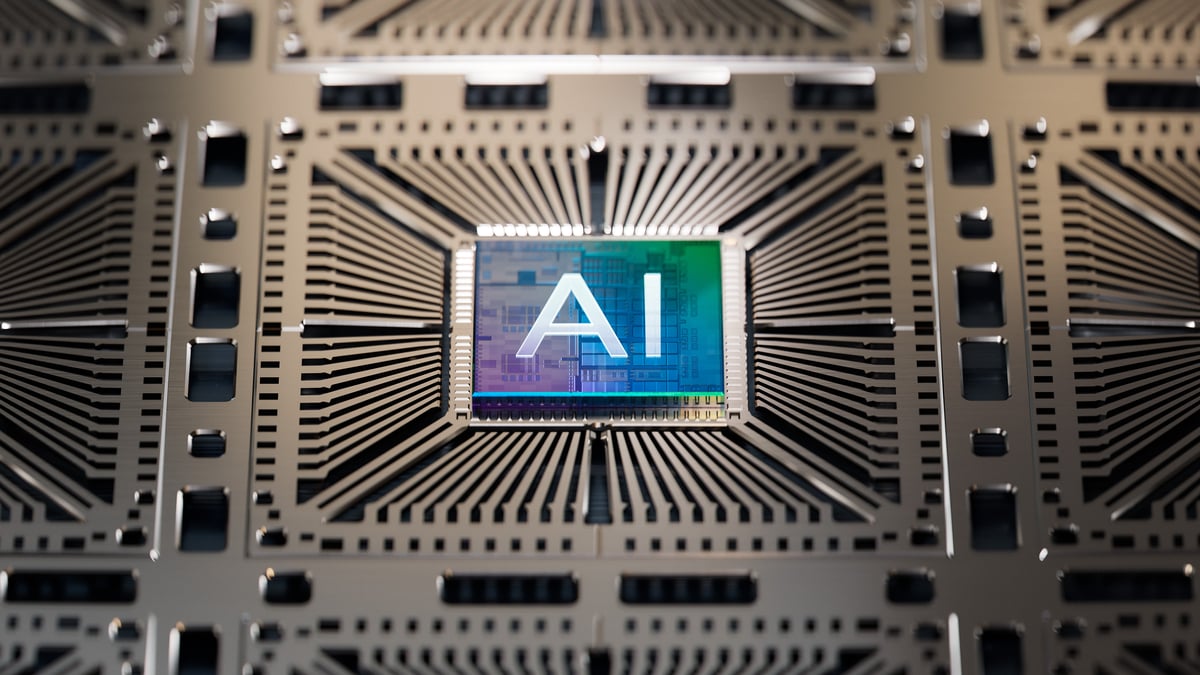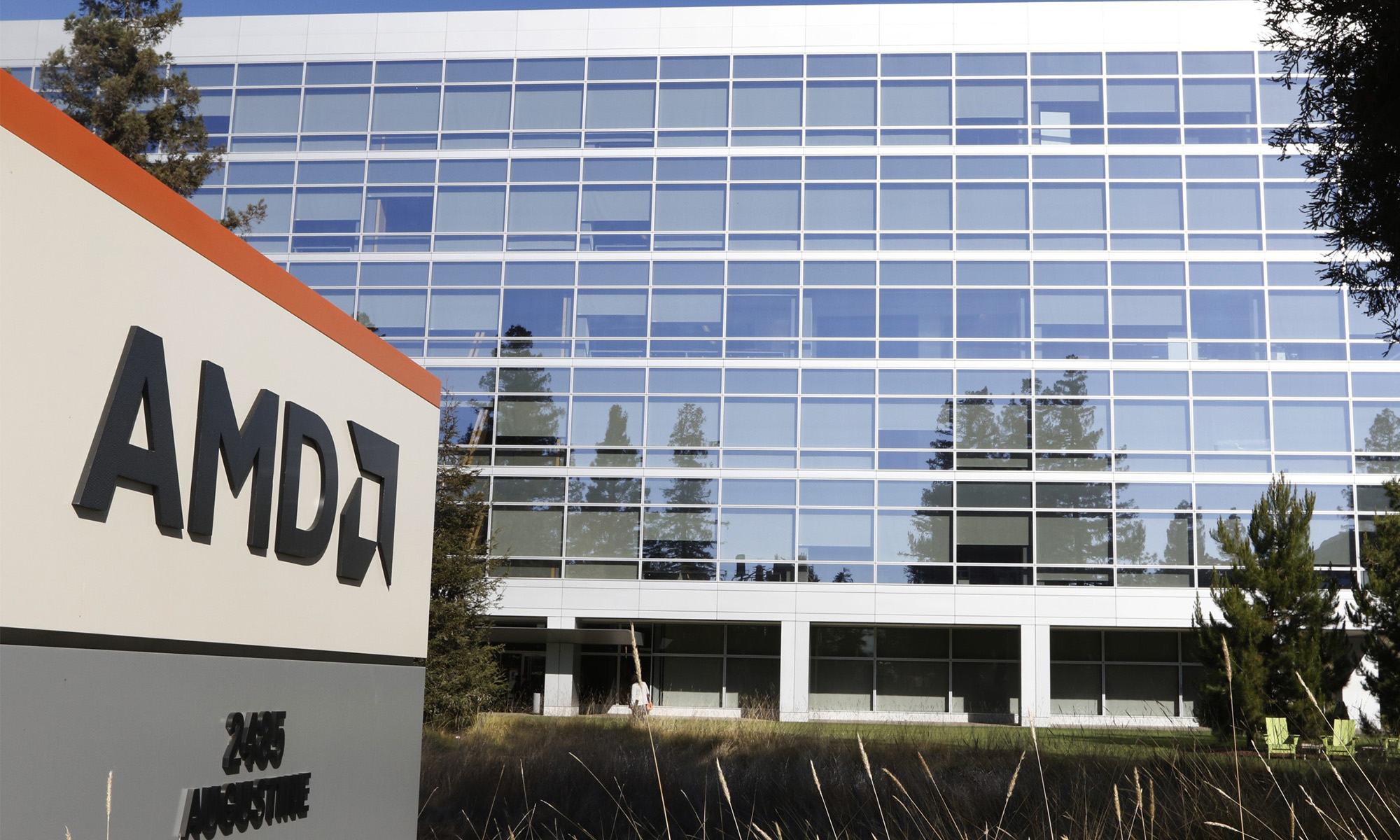Shares of AMD (AMD +6.72%) recently plunged after the chipmaker's third quarter earnings sparked concerns about its future growth.
On the surface, the numbers looked solid. AMD's revenue rose 25% annually to $1.64 billion and beat estimates by $130 million, marking an acceleration from 18% sales growth in the second quarter and 23% growth in the prior year quarter. It also expects its revenue to rise 20% for the full year, compared to a prior forecast for "mid-to-high teens" growth.
On the bottom line, Its non-GAAP net income surged 307% to $110 million, or $0.10 per share, beating expectations by two cents. On a GAAP basis, its net income of $71 million, or $0.07 per share, marked a huge improvement from its loss of $0.50 in the prior year quarter. Its non-GAAP and GAAP margins both rose annually.

Image source: AMD.
Based on those numbers, AMD looks like it's firing on all cylinders. So why were investors so eager to dump the stock, and does the sell-off represent a buying opportunity for long-term investors?
Computing and Graphics remains strong... for now
AMD's Computing and Graphics revenue soared 74% annually to $819 million on robust demand for its new Radeon GPUs and Ryzen CPUs.
AMD's newer Vega-based CPUs compete against NVIDIA's (NVDA 0.11%) current-gen Pascal-based GeForce GPUs at comparable prices, and they remain popular with budget PC gamers and cryptocurrency miners. Its new Ryzen x86 CPUs are aimed at Intel's (INTC +8.75%) current-gen Kaby Lake processors, and benchmarks indicate that they almost match Intel's performance at much lower prices.

Image source: Getty Images.
This means that AMD's Radeon and Ryzen chips are currently good options for budget-minded consumers who want to upgrade their PCs. But AMD introduced these new chips near the tail end of NVIDIA and Intel's current-gen cycles.
NVIDIA's Pascal chips, which were introduced in mid-2016, will be succeeded by its next-gen Volta chipsets early next year. Intel's Kaby Lake, which was launched at the beginning of 2017, was recently succeeded by the Coffee Lake refresh, and will be upgraded from the 14nm to 10nm process with Cannonlake next year.
Simply put, AMD is keeping pace with NVIDIA and Intel now, but that could all change next year as the two market-leading rivals leapfrog AMD's chips again. Intel's latest earnings report indicates that although Ryzen is gaining some market share in PCs, Intel remains firmly in control of both the PC and data center markets and AMD still faces a long uphill battle.
Moreover, AMD's guidance for a 15% sequential decline in companywide sales during the fourth quarter (representing 26% annual growth) was disappointing, since the bulls had expected the triple threat of Vega, Ryzen, and Epyc server chips to generate some strong year-end sales. AMD might have something up its sleeve to deal with Volta and Cannonlake next year, but the chances that it can effectively counter both rivals on a much lower R&D budget seems highly unlikely.
The EESC business flatlines
In previous quarters, AMD's EESC (Enterprise, Embedded, and Semi-Custom) business was a pillar of growth which frequently offset less reliable growth at its Computing and Graphics business. Much of that growth came from robust sales of the PS4 and Xbox One, which use the unit's custom SoCs.

Image source: Getty Images.
However, demand for those aging consoles is waning. NVIDIA also scored a major victory against AMD over the past year by supplying SoCs for Nintendo's (NTDOY 4.81%) popular Switch hybrid console. The bulls expected sales of new Epyc CPUs -- which were squarely aimed at Intel's market-dominating Xeons -- to offset its weakness in consoles.
Unfortunately, AMD's EESC revenues stayed roughly flat year-over-year at $824 million (even after adding a one-time gain from a patent licensing settlement which boosted revenue at both its business units for the quarter), extinguishing the notion that AMD would dent Intel's 99% market share in data centers. By comparison, Intel's data center revenues rose 9% annually to $4.4 billion last quarter on the strength of its new Xeon Scalable processors for AI and other data-intensive workloads.
The verdict: I wouldn't touch AMD right now
It's tempting to root for AMD as a disruptive underdog against NVIDIA and Intel, but I think AMD could struggle to counter both rivals' newer chips next year. I might be wrong, and AMD could pull a rabbit out of its hat with updated Vega and Ryzen chips.
It might even pull key customers away from NVIDIA and Intel in the connected cars, data center, and PC markets. But with the stock already up nearly 500% over the past five years and trading at over 40 times next year's earnings, I think there's far too much optimism already baked in.








